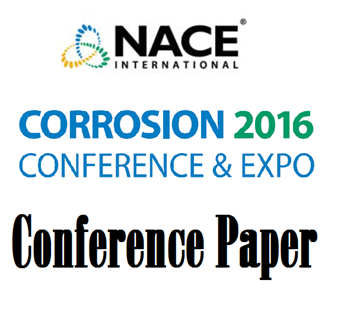Search
51318-11398- Modeling of Microbiologically Influenced Corrosion (MIC) in the Oil and Gas Industry - Past, Present and Future
Also Purchased
51316-7347-Quantifying the Risk of MIC
Product Number:
51316-7347-SG
ISBN:
7347 2016 CP
Publication Date:
2016
$20.00
07336 Monitoring Methods for MIC
Product Number:
51300-07336-SG
ISBN:
07336 2007 CP
Publication Date:
2007
$20.00
51315-5729-Corrosion Management of MIC Contributes to Pipeline Integrity
Product Number:
51315-5729-SG
ISBN:
5729 2015 CP
Publication Date:
2015
$0.00




